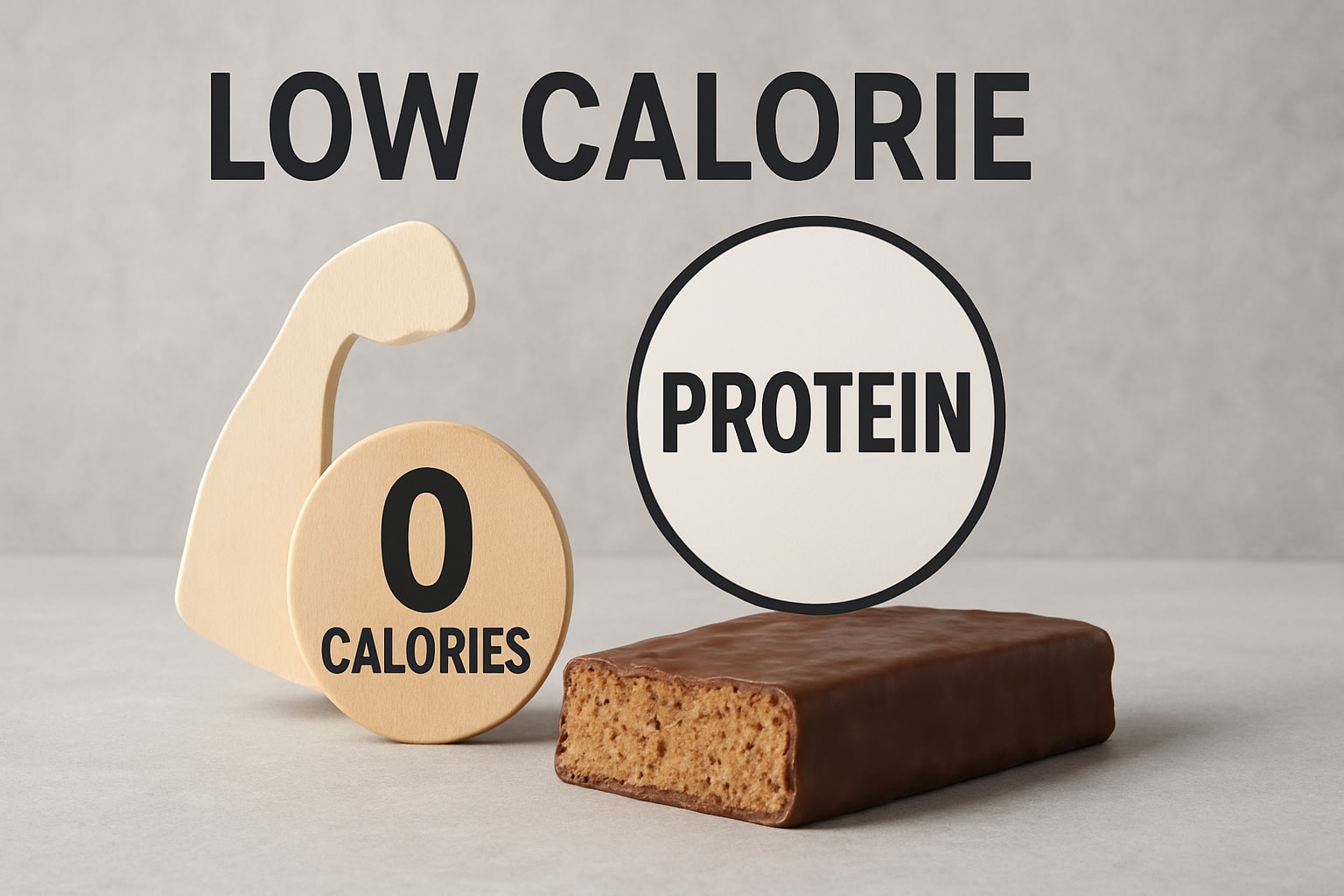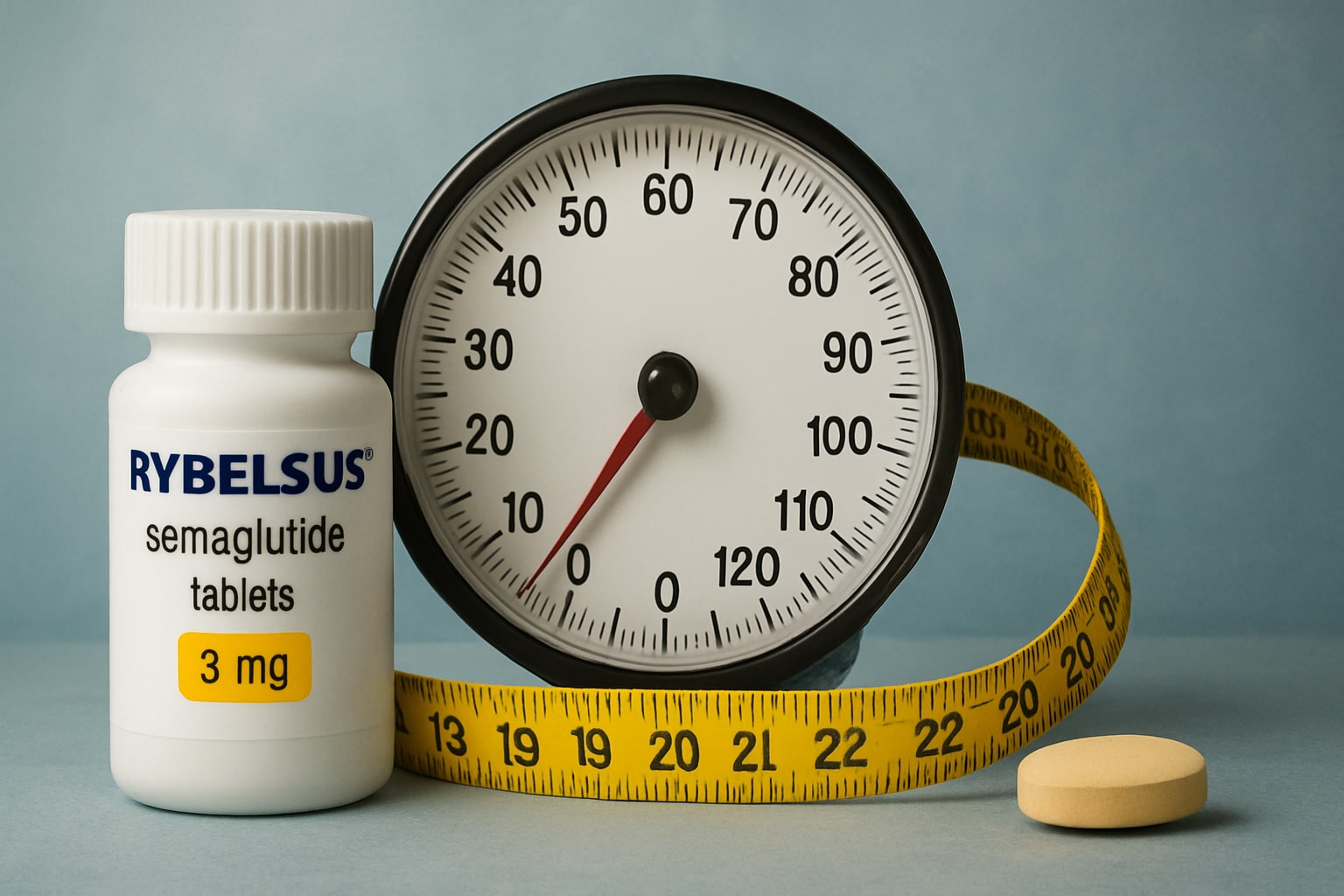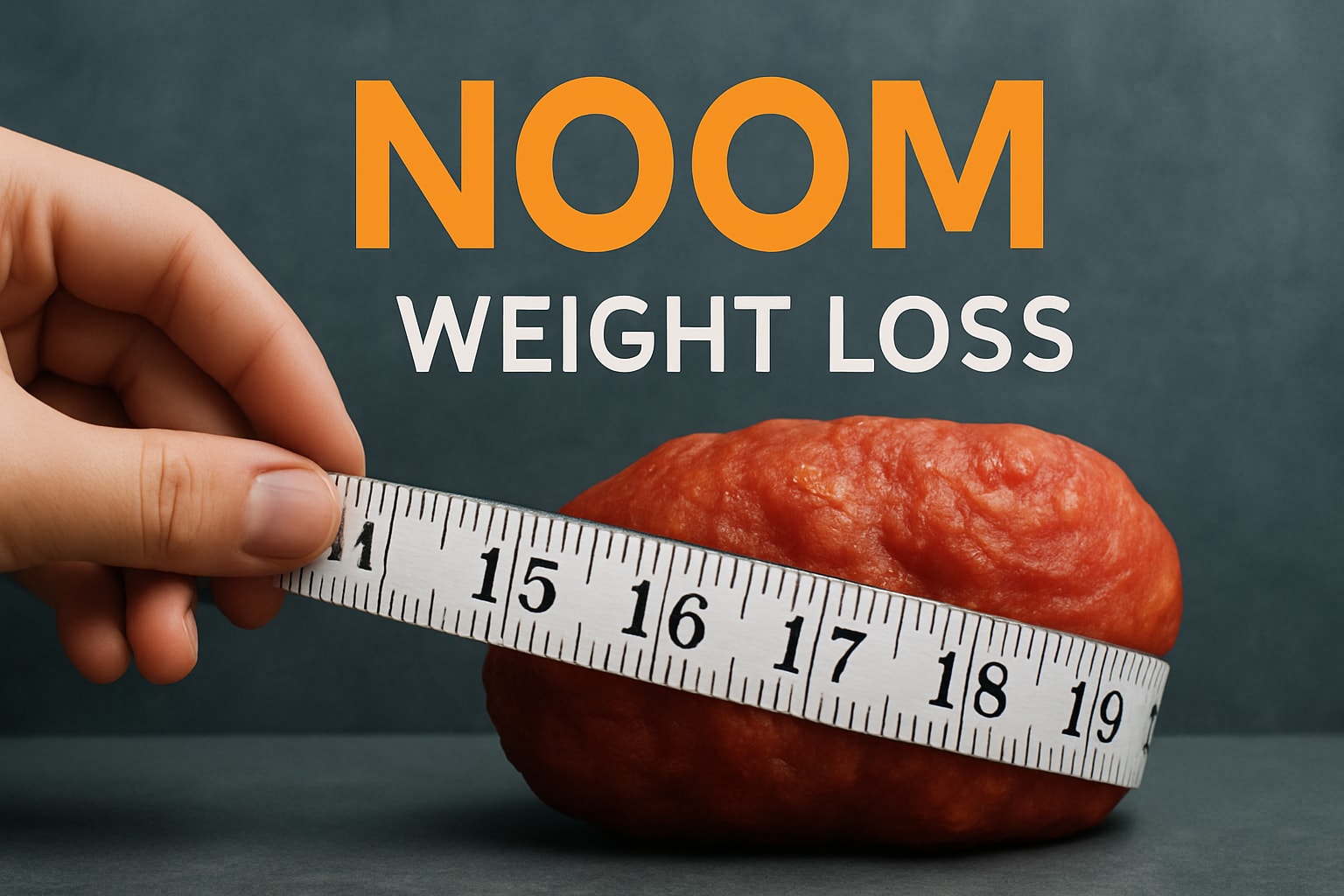In the world of wellness, certain body concerns are whispered about but rarely discussed openly. One of these is the FUPA — short for Fat Upper Pubic Area. The FUPA stomach is not a medical condition, but rather a term used to describe fat stored just above the pubic bone, sometimes creating a small bulge that people find difficult to get rid of.
While having a FUPA is perfectly normal and incredibly common, many people wish to reduce it for reasons of comfort, aesthetics, or confidence. The truth is: there is no quick fix, but there are evidence-based strategies that can help you address it holistically.
As a wellness expert, I want to take you deeper into what causes FUPA, how lifestyle and science-based approaches can make a difference, and how you can support your body with the right mindset and sustainable strategies.
What Exactly Is FUPA?
FUPA refers to fat stored in the mons pubis area, directly above the pubic bone. Unlike visceral fat (the type that surrounds organs and is linked to health risks), FUPA fat is subcutaneous fat — meaning it lies just under the skin.
Some people may also notice loose skin in this area, especially after pregnancy, weight fluctuations, or aging. This can make the FUPA more visible, even if overall body fat is low.
If you’ve ever felt like you were dieting hard but the “stubborn pouch” wouldn’t move, it may be linked to how your body responds to calorie restriction. For example, this article on low-calorie diets and weight plateaus explains why cutting too many calories can sometimes backfire.
What Causes FUPA?
There is no single cause. Most often, it’s the result of a combination of factors, including:
- Genetics
Your DNA plays a role in where your body tends to store fat. - Weight Fluctuations
Rapid weight loss or gain can stretch the skin, making fat pockets more noticeable. - Pregnancy and Childbirth
After childbirth, especially following C-sections, fat and loose skin may linger in the lower abdomen. - Hormonal Shifts
Stress, menopause, or even certain medications can change fat storage. For instance, antidepressants like Wellbutrin can sometimes affect weight, as explained in this in-depth article. - Aging and Reduced Skin Elasticity
As collagen production decreases, skin naturally sags, which can make a small fat pad more pronounced.
Why Spot Reduction Doesn’t Work
One of the most important truths to understand: you cannot spot-reduce fat.
No amount of crunches or leg raises alone will “burn off” a FUPA stomach. Instead, you must focus on whole-body fat reduction, combined with targeted strength training and mindful nutrition.
That’s where programs like Oneleaf’s neuroscience-based weight-loss system come into play — they help you address not just calories, but also the habits and mental wiring that keep stubborn fat around.

Lifestyle Approaches to Reducing FUPA
1. Nutrition That Supports Fat Loss
- Caloric Balance: Sustainable fat loss requires a moderate calorie deficit.
- Protein & Fiber: High-protein foods and fiber-rich vegetables help regulate hunger and maintain lean muscle.
- Avoid Hidden Pitfalls: Alcohol is one of the sneakiest contributors to stubborn fat. This guide on alcohol and weight loss shows how even small amounts can slow down progress.
Pairing nutrition improvements with a structured brain-retraining program like Oneleaf’s daily 10-minute method helps you stay consistent.
2. Exercise That Combines Cardio + Core
- Cardio Training: Running, swimming, cycling, or HIIT are excellent for fat burning.
- Strength Training: Squats, lunges, and deadlifts engage the core and lower body while boosting overall calorie burn.
- Core-Specific Moves: Planks, leg raises, and Pilates exercises help strengthen muscles beneath the FUPA.
3. Stress, Sleep, and Hormones
Cortisol, the stress hormone, is strongly linked to abdominal fat. Poor sleep, chronic stress, and emotional eating all make a FUPA more stubborn.
Self-hypnosis and guided relaxation are effective strategies. If you’re skeptical, this article on online hypnosis therapy explores how and why it can work for real, lasting change.
That’s exactly why Oneleaf’s approach addresses not just weight but also the brain’s response to stress and cravings.
Non-Surgical and Medical Options
For some, lifestyle changes alone may not be enough — especially if skin laxity is a factor. Other options include:
- Cryolipolysis (CoolSculpting): Non-invasive fat freezing treatment.
- Radiofrequency Skin Tightening: Helps reduce fat while improving skin tone.
- Liposuction or Monsplasty: Surgical options for those seeking faster, more dramatic results.
But even if you go this route, long-term success comes from pairing procedures with daily wellness practices. Oneleaf’s neuroscience program is designed to help you maintain results sustainably.
Building Confidence and Long-Term Success
The FUPA is stubborn, yes. But it’s also common — and nothing to be ashamed of. Working toward reducing it should come from a place of self-compassion, not punishment.
Practical tools can help you build resilience. For example, this guide to essential hypnosis tools shows how even simple daily practices can rewire your mindset and reinforce new, healthy behaviors.
And if you want an all-in-one structure, Oneleaf’s complete program gives you daily guidance to rewire your brain and transform your relationship with food.
Final Thoughts
FUPA is common, natural, and nothing to be embarrassed about. But if it’s something you’d like to change, know that you can do so — with patience, consistency, and the right support system.
By combining nutrition, exercise, stress management, and neuroscience-backed tools like Oneleaf, you can not only reduce stubborn fat but also gain confidence and long-term wellness.
















